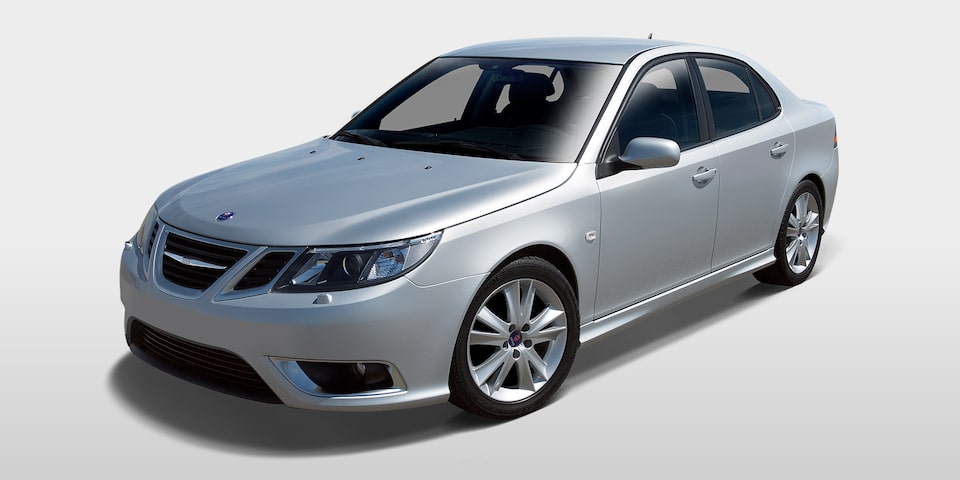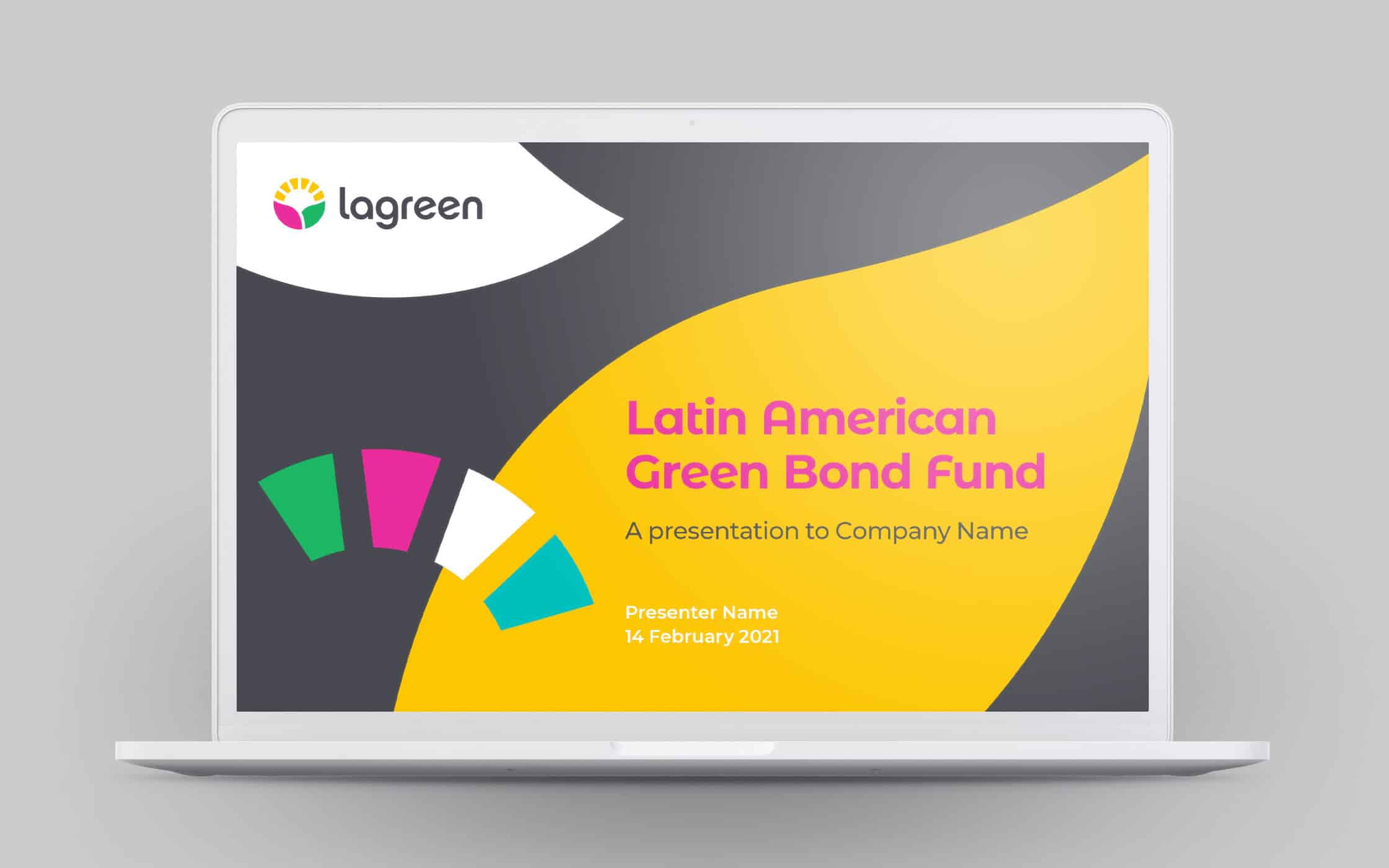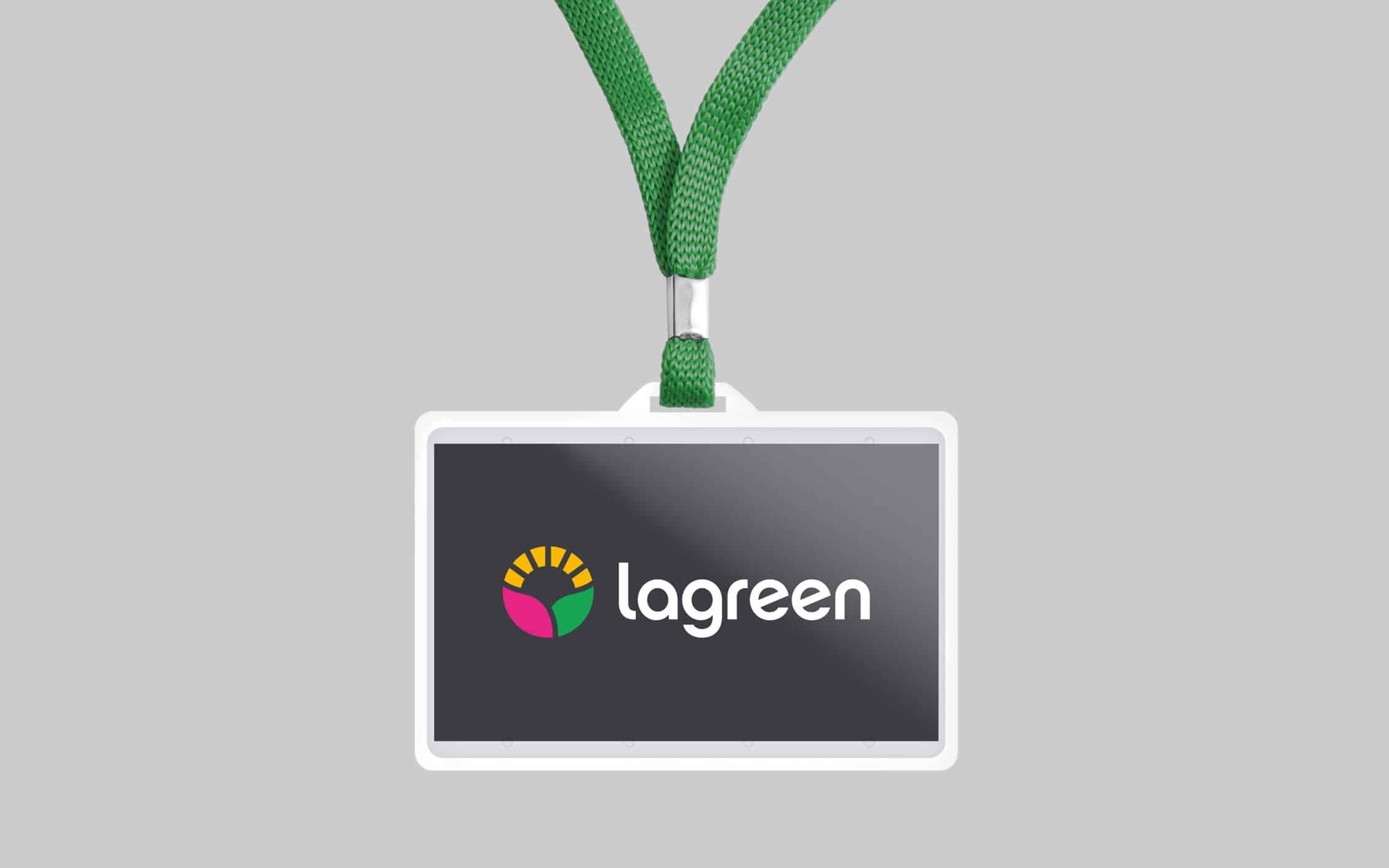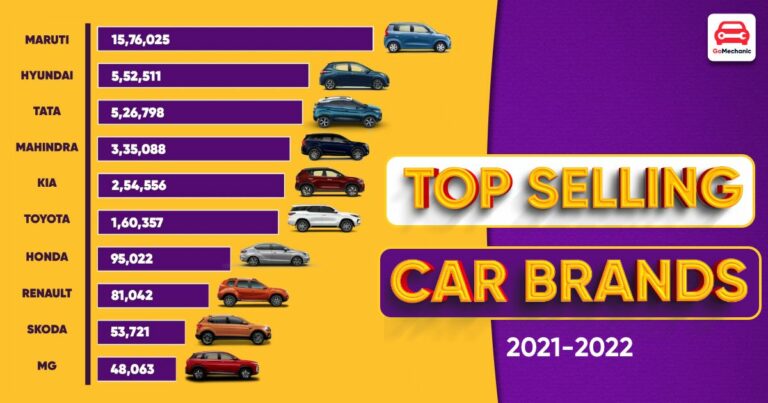Discontinued Car Brands: A Journey Through Automotive History
Discontinued Car Brands: A Journey Through Automotive History cars.truckstrend.com
The automotive landscape is a dynamic tapestry woven with threads of innovation, competition, economic shifts, and evolving consumer desires. While global giants dominate headlines with their latest models, a significant part of this history lies in the brands that have, for various reasons, faded from production. These are the Discontinued Car Brands – names that once graced showrooms and roads, but now exist primarily in the annals of history, in the garages of enthusiasts, or as cautionary tales of market missteps.
Understanding discontinued car brands is more than just a historical exercise; it’s a deep dive into the forces that shape industries. They offer invaluable insights into economic recessions, technological revolutions, the pitfalls of corporate mergers, and the ever-changing tides of consumer preference. From luxury marques that crumbled under economic pressure to mass-market brands absorbed by larger conglomerates, each discontinued brand tells a unique story, leaving behind a legacy that continues to influence the automotive world. This article aims to explore the multifaceted world of these lost automotive legends, providing a comprehensive guide to their rise, fall, and enduring impact.
Discontinued Car Brands: A Journey Through Automotive History
The Anatomy of Discontinuation: Why Brands Fade Away
The demise of a car brand is rarely due to a single factor. More often, it’s a confluence of pressures that erode profitability and market relevance. Understanding these root causes provides crucial context for appreciating the fragility of even the most established names.
- Economic Factors: Recessions and economic downturns are often the most immediate catalysts. During times of financial hardship, consumers cut back on large purchases like new cars. Brands with already thin margins, high production costs, or a limited market niche are particularly vulnerable. The 2008 financial crisis, for instance, directly led to the restructuring of General Motors and Chrysler, resulting in the elimination of several long-standing brands.
- Mergers, Acquisitions, and Corporate Rationalization: The automotive industry has seen extensive consolidation. As larger groups acquire smaller brands, they often streamline their portfolio to reduce internal competition and optimize production. This can lead to the discontinuation of brands that overlap too much with existing offerings or are deemed redundant. General Motors, for example, famously pruned brands like Oldsmobile, Pontiac, Saturn, and Hummer as part of its post-bankruptcy restructuring, aiming for a leaner, more focused brand strategy.
- Technological Obsolescence and Failure to Adapt: Innovation is the lifeblood of the auto industry. Brands that fail to keep pace with technological advancements – be it in engine efficiency, safety features, infotainment, or the transition to electric vehicles – risk becoming irrelevant. Similarly, a failure to anticipate and adapt to new regulations (e.g., stricter emissions standards) can prove fatal.
- Poor Product Strategy and Reliability Issues: A string of unpopular models, persistent quality issues, or a failure to define a clear brand identity can alienate customers. If a brand consistently produces vehicles that don’t meet consumer expectations for reliability, performance, or design, its reputation erodes, leading to declining sales and eventual closure.
- Changing Consumer Tastes: What’s popular today might be passé tomorrow. Brands that cannot evolve their design language, marketing, or vehicle types to appeal to new generations or shifting market trends (e.g., the move from sedans to SUVs) often struggle. Some brands get stuck in a niche that shrinks over time.
- Regulatory Pressures: Increasingly stringent environmental regulations, safety standards, and fuel economy mandates can impose significant costs on manufacturers. Smaller brands, or those with outdated production methods, may find it economically unfeasible to meet these requirements, leading to their closure.

Examples abound: Saab, renowned for its quirky designs and safety innovations, struggled financially for decades under various owners before its ultimate demise due to a lack of capital and a viable long-term strategy. Plymouth, once a cornerstone of Chrysler, was phased out due to brand overlap with Dodge and Chrysler itself. Mercury, Ford’s mid-level brand, suffered from a lack of unique identity, often selling rebadged Ford models at a slight premium, making its discontinuation almost inevitable.

Categories of Discontinued Brands
Discontinued car brands aren’t a monolithic group. They fall into distinct categories, each with its own story and implications:
- Mass Market Casualties: These were brands aimed at the everyday consumer, often competing on price, practicality, or a specific niche. Their downfall usually stemmed from intense competition, economic downturns, or a failure to differentiate themselves. Examples include Saturn (GM’s attempt at a "no-haggle" buying experience that eventually lost its way), Plymouth, and Oldsmobile (one of America’s oldest brands, ultimately deemed redundant by GM).
- Luxury & Performance Icons Gone Too Soon: Some brands, once symbols of prestige, power, or cutting-edge engineering, succumbed to market forces, often due to niche markets, high production costs, or economic depressions. Packard and Duesenberg from the pre-war era epitomized American luxury and engineering, but couldn’t survive the Great Depression and changing post-war market dynamics.
- Niche & Experimental Ventures: These brands often emerged with a unique concept or design, pushing boundaries but failing to achieve commercial viability. The DeLorean Motor Company (DMC), famous for its stainless-steel DMC-12, is a prime example of a brand with a distinctive product but a short-lived, tumultuous existence plagued by financial and legal issues.
- Acquired & Assimilated Brands: Many brands don’t truly "die" but are instead absorbed into larger automotive groups. Their identity might be diluted, or their models rebadged, eventually leading to their quiet discontinuation as the parent company rationalizes its portfolio. Hummer, for instance, was acquired by GM and capitalized on the SUV craze, but its fuel-inefficient image became a liability during economic downturns and increasing environmental awareness. Rover went through multiple owners before its final collapse, with parts of its legacy living on in brands like MG.

The Legacy and Impact of Discontinued Brands
While no longer producing vehicles, these brands leave an indelible mark on automotive history and continue to influence the industry in various ways.
- Technological Contributions: Many discontinued brands were pioneers in their time. Oldsmobile, for example, introduced the first mass-produced automatic transmission (Hydra-Matic) in 1940. Saab was at the forefront of turbocharging technology and safety innovations. These advancements often found their way into other brands, shaping the future of vehicle design and engineering.
- Design Influence: Iconic models from defunct brands continue to inspire contemporary designers. The sleek lines of a Packard, the futuristic aesthetic of a DeLorean, or the distinctive styling of a Pontiac Trans Am are testaments to design philosophies that transcended their era.
- Collector’s Items: For enthusiasts, discontinued brands offer a treasure trove of unique vehicles. Rare, well-preserved models from brands like Duesenberg, Packard, or even specific performance trims from Pontiac or Oldsmobile can command significant prices at auctions, becoming highly sought-after collector’s items. Their scarcity often enhances their appeal.
- Parts and Service Challenges: The reality of owning a discontinued vehicle, especially one from a brand with unique components, can be challenging. Finding OEM (Original Equipment Manufacturer) parts becomes increasingly difficult, often requiring reliance on aftermarket suppliers, salvage yards, or specialized fabricators. This can drive up maintenance costs and complexity.
- Brand Loyalty and Enthusiast Communities: Even years after their demise, many discontinued brands retain fiercely loyal followings. Owner clubs, online forums, and dedicated events keep the spirit of these brands alive. This community support is vital for owners seeking advice, parts, and shared passion.
Navigating the Afterlife: Owning and Appreciating Discontinued Vehicles
For those drawn to the unique charm and historical significance of discontinued vehicles, practical considerations are paramount.
Practical Advice for Owners/Buyers:
- Thorough Research on Parts Availability: Before purchasing, investigate the availability of common wear-and-tear parts (brakes, filters, suspension components) and critical engine/transmission parts. Brands that shared platforms with still-active brands (e.g., many GM or Ford discontinued brands) often have better parts availability than highly unique vehicles (e.g., Saab, DeLorean).
- Seek Specialized Mechanics: Finding mechanics familiar with older or niche vehicles from defunct brands can be a challenge. Networking with owner clubs or specialist restorers is crucial.
- Insurance Considerations: While standard insurance is usually available, classic car insurance policies might be more appropriate for highly collectible models, often offering agreed-value coverage.
- Community Support: Join owner forums, clubs, and social media groups. These communities are invaluable resources for advice, troubleshooting, parts sourcing, and sharing enthusiasm.
- Understand Value Dynamics: Unlike new cars, the value of a discontinued vehicle can be highly volatile. While some become appreciating classics, many others simply depreciate. Collector value is usually tied to rarity, condition, historical significance, and desirability of specific models.
Tips for Collectors:
- Condition is King: For collectible vehicles, originality and condition heavily influence value. A well-preserved, low-mileage example will always be more desirable than a heavily modified or rusty one.
- Rarity vs. Desirability: Not all rare cars are valuable. True collector value combines rarity with high desirability (e.g., a rare performance model vs. a rare base model).
- Documentation and Provenance: Service records, original sales invoices, and proof of ownership history can significantly enhance a vehicle’s value and appeal.
- Proper Storage and Maintenance: Collectors must invest in appropriate storage (climate-controlled if possible) and regular maintenance to preserve the vehicle’s condition.
Challenges and Solutions:
- Scarcity of Parts:
- Solution: Network with owner groups for leads, explore aftermarket suppliers, utilize salvage yards, or consider specialized fabrication for extremely rare components. 3D printing is emerging as a solution for certain plastic or non-load-bearing parts.
- Rising Maintenance Costs:
- Solution: Be prepared for higher labor rates from specialist mechanics and the potentially higher cost of rare parts. Budget accordingly.
- Difficulty Finding Skilled Technicians:
- Solution: Build relationships with experienced classic car restorers or mechanics specializing in the brand’s parent company (e.g., a GM specialist for Oldsmobiles).
- Potentially Lower Resale Value (for non-collectibles):
- Solution: If not a collectible, view the car as a passion project rather than an investment. Enjoy the unique ownership experience.
Table: Implications of Discontinuation for Selected Car Brands
This table highlights key aspects related to the ownership and market standing of vehicles from several notable discontinued brands, touching upon factors that influence their "value" or "cost of ownership" in the present day.
| Discontinued Brand | Primary Reason for Discontinuation | Legacy/Impact | Parts Availability (General) | Potential Collector Value | Maintenance Complexity |
|---|---|---|---|---|---|
| Oldsmobile | GM Consolidation, Brand Dilution | Pioneer in auto industry, innovations (Hydra-Matic) | Moderate-Good (shared GM platforms) | Moderate (some models high) | Moderate (GM parts) |
| Pontiac | GM Restructuring, Economic Downturn | Performance-oriented, muscle cars (GTO, Trans Am) | Moderate-Good (shared GM platforms) | Moderate-High (specific models) | Moderate (GM parts) |
| Saab | Financial Troubles, Failed Acquisition | Unique design, safety innovations, turbocharging | Low-Moderate (specialized parts) | Moderate-High (niche appeal) | High (specialized knowledge) |
| Plymouth | Chrysler Consolidation, Overlap | Budget-friendly, performance models (Barracuda) | Moderate (shared Chrysler parts) | Moderate-High (specific models) | Moderate (Chrysler parts) |
| Mercury | Ford Consolidation, Brand Overlap | Mid-luxury, unique styling variants of Ford models | Good (shared Ford platforms) | Low-Moderate (some exceptions) | Moderate (Ford parts) |
| Hummer | Economic Downturn, Fuel Efficiency Concerns | Iconic off-roader, military heritage | Moderate (shared GM components) | Moderate (niche appeal) | Moderate (GM parts) |
| Saturn | GM Restructuring, Brand Strategy Failure | No-haggle pricing, plastic body panels | Moderate (some unique, some GM) | Low (generally not collectible) | Moderate (GM parts) |
| Packard | Financial Troubles, Post-War Struggles | Luxury icon, engineering excellence | Very Low (specialized, custom) | Very High (pre-war models) | Very High (restoration) |
| DeLorean | Financial Scandal, Production Issues | Iconic design (DMC-12), Stainless Steel body | Low (specialized aftermarket) | High (cult status) | High (specialized, unique) |
Frequently Asked Questions (FAQ)
Q1: What defines a discontinued car brand?
A1: A discontinued car brand is an automotive marque that no longer produces new vehicles for sale to the general public. While some might be revived or have their intellectual property sold, their original production line has ceased.
Q2: Why do car brands get discontinued?
A2: Common reasons include economic downturns, corporate mergers and consolidation, failure to adapt to new technologies or consumer tastes, poor product quality or strategy, and increasing regulatory pressures.
Q3: Are vehicles from discontinued brands reliable?
A3: Reliability varies greatly depending on the specific brand, model, and year. Some were highly reliable in their time, while others had known issues. The age of the vehicle is also a significant factor, as wear and tear accumulate over time.
Q4: Is it hard to find parts for discontinued car brands?
A4: It can be. Brands that shared many components with still-active parent companies (e.g., GM brands like Oldsmobile or Pontiac) generally have better parts availability. Brands with highly unique components (e.g., Saab, DeLorean, pre-war luxury cars) can be much more challenging, often requiring specialized aftermarket suppliers, salvage yards, or custom fabrication.
Q5: Do cars from discontinued brands hold their value?
A5: Most cars from discontinued brands, especially mass-market ones, will depreciate like any other used car. However, rare, historically significant, or highly desirable models (e.g., classic muscle cars from Pontiac, iconic luxury cars like Packard, or cult favorites like the DeLorean) can become valuable collector’s items and appreciate over time.
Q6: Can I still get insurance for a car from a discontinued brand?
A6: Yes, typically. Standard auto insurance companies will usually cover vehicles from discontinued brands. For highly valuable or classic models, specialized classic car insurance policies might offer better coverage (e.g., agreed-value policies).
Q7: Are there any benefits to owning a car from a discontinued brand?
A7: Benefits include owning a unique piece of automotive history, joining a passionate community of enthusiasts, and potentially owning a vehicle that becomes a valuable collector’s item. For many, it’s about the emotional connection to a brand or model that stood out.
Q8: Which are some of the most famous discontinued car brands?
A8: Some well-known examples include Oldsmobile, Pontiac, Plymouth, Mercury, Saturn, Hummer (all from major US manufacturers), Saab (Swedish, known for innovation), Packard, Duesenberg (American luxury icons), and DeLorean (known for its unique design and cult status).
Concluding Summary
Discontinued car brands are more than just footnotes in automotive history; they are vivid reminders of the industry’s relentless evolution. Each brand’s story – whether a tale of innovation, market miscalculation, or corporate consolidation – offers valuable lessons about resilience, adaptation, and the ever-present challenge of staying relevant in a fiercely competitive market.
For enthusiasts and collectors, these brands represent a unique opportunity to own a tangible piece of the past, to appreciate groundbreaking designs and engineering feats that might have been ahead of their time, or simply to revel in the distinctive character of a vehicle no longer in production. While owning such a vehicle comes with its own set of challenges, the passion of dedicated communities and the enduring appeal of these automotive legends ensure that their spirit, and their vehicles, will continue to cruise on the roads of history for generations to come. They serve as a powerful testament to the transient nature of even the most powerful brands, underscoring that in the automotive world, the only constant is change.






